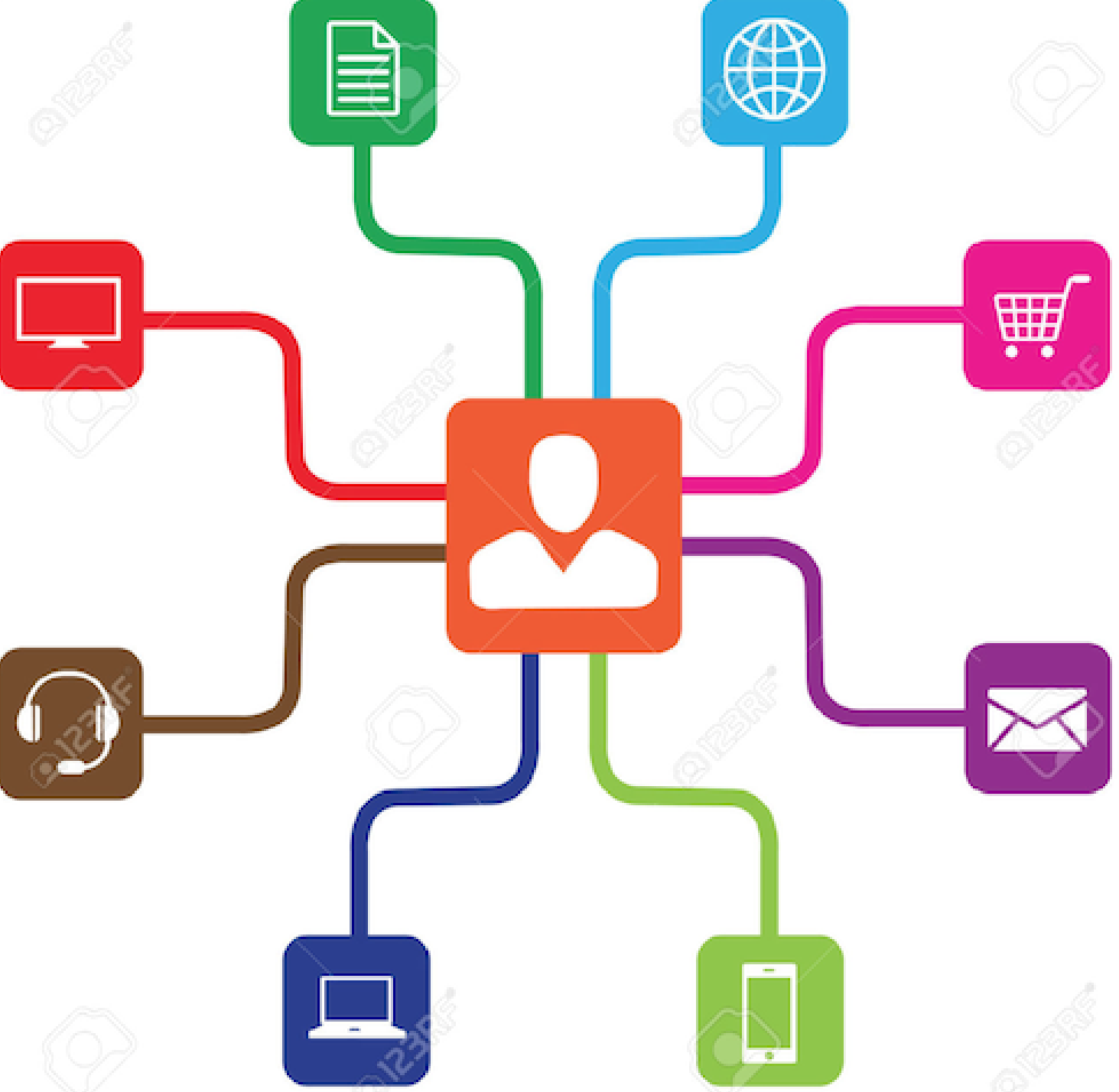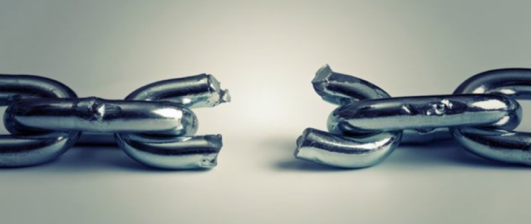Supply Chain Logistics & Distribution is one of the most critical key enablers for Digital business, eCommerce and Omnichannel.
The success of digital transformation hinges on how businesses adapt to evolving consumer journeys.
Businesses must move away from channel-based structures and networks and seek to personalize their engagement with consumers.
From a distribution property perspective, this evolution has passed through various general phases very broadly during the timeline below:
- in the 1970s,
most retail stores were replenished by direct deliveries from suppliers or wholesalers. - in the 1980s,
retailers started to centralise their store deliveries through new distribution centers which they controlled. - in the 1990s,
global sourcing took off, with many retailers developing import centers to receive and process mostly containerized imports. - from around 2000,
eCommerce began to rapidly expand with pure-play (internet only) retailers leading the way in establishing e-fulfillment distribution networks. Digital business has started.
Since eCommerce was born, everything has changed.
The proliferation of the internet into daily life, the look and feel of the online space, the speed of internet connections and even who is getting online and how they’re getting there!
Convenience and low prices were the driving forces for eCommerce in the early days. But today, with eCommerce retailers catering to every kind of product, service and shopping experience, the challenge has shifted. Here is a brief look at how direct-to-consumer order fulfillment has evolved over the years to match those challenges.
In the early days of eCommerce, it was about the convenience of ordering a product from home. No driving to the mall and no waiting in line, just living life and waiting for the package to be delivered to your doorstep.
Shippers still used snail mail and phone calls to communicate with customers and order delivery times were in the weeks, not days.
Free shipping quickly became a tool that brought in competitors’ customers, since there weren’t many carrier options, no additional costs (such as sales tax) existed, and order delivery times were slow anyway.
Today, eCommerce merchants collect sales tax, fuel charges are much higher, and the ever-popular free shipping promotion is the farthest thing from free to retailers.
Other than giants like Amazon, not many retailers have the resources to operate multiple distribution centers in strategic locations and are instead turning to third party logistics service providers to reach their customers.
Omnichannel is representing the further evolution of eCommerce with the shopper’s journey hopping across different channels including the physical store, online, mobile, and social media. It will bring into focus several factors that influence sales and consumer decisions.
Today’s consumer journey typically moves across channels, starting and ending at different points based on individual preferences.
A traditional multichannel approach just cannot achieve the information availability, delivery speed, and personalized experiences that modern shoppers expect.
Currently, most companies use a traditional multichannel approach, seeking to optimize the consumer experience in each channel.
The channels operate independently and often in competition with each other. Sometimes there can be considerable variation across the different channels in consumer experience, product information, pricing and service levels.
The Omnichannel approach is the most logical evolutionary step after multichannel.
It requires the previously separate sales channels to converge into a single seamless channel of orchestrated product flow. It must be designed to deliver not just products but also the highly-personalized shopping experience customers have come to expect.
Omnichannel is therefore driving a rethink and a makeover of all the product/process flows, from marketing and merchandising, but particularly from ordering systems, fulfillment and returns.

It is a new and different way of managing and incentivizing business affecting all organizational areas, not least logistics.
The Omnichannel approach is more complex than the traditional multichannel approach because the customer experience in every channel must be identical, and switching from one channel to another must be seamless.
If the retailer knows the preferences of an in-store customer, this information must be shared with the online channel and vice versa. This must be done in a timely manner, ideally in real time, as this information could impact buying decisions.
Similarly, the retailer must capture each customer interaction in each channel and leverage these purchasing behavior insights to build the optimal Omnichannel strategy.
It is essential that smarter Distribution processes support Digital business.
In the next sessions we will investigate how Supply Chain Logistics & Distribution can support transformation towards a real Digital business.





